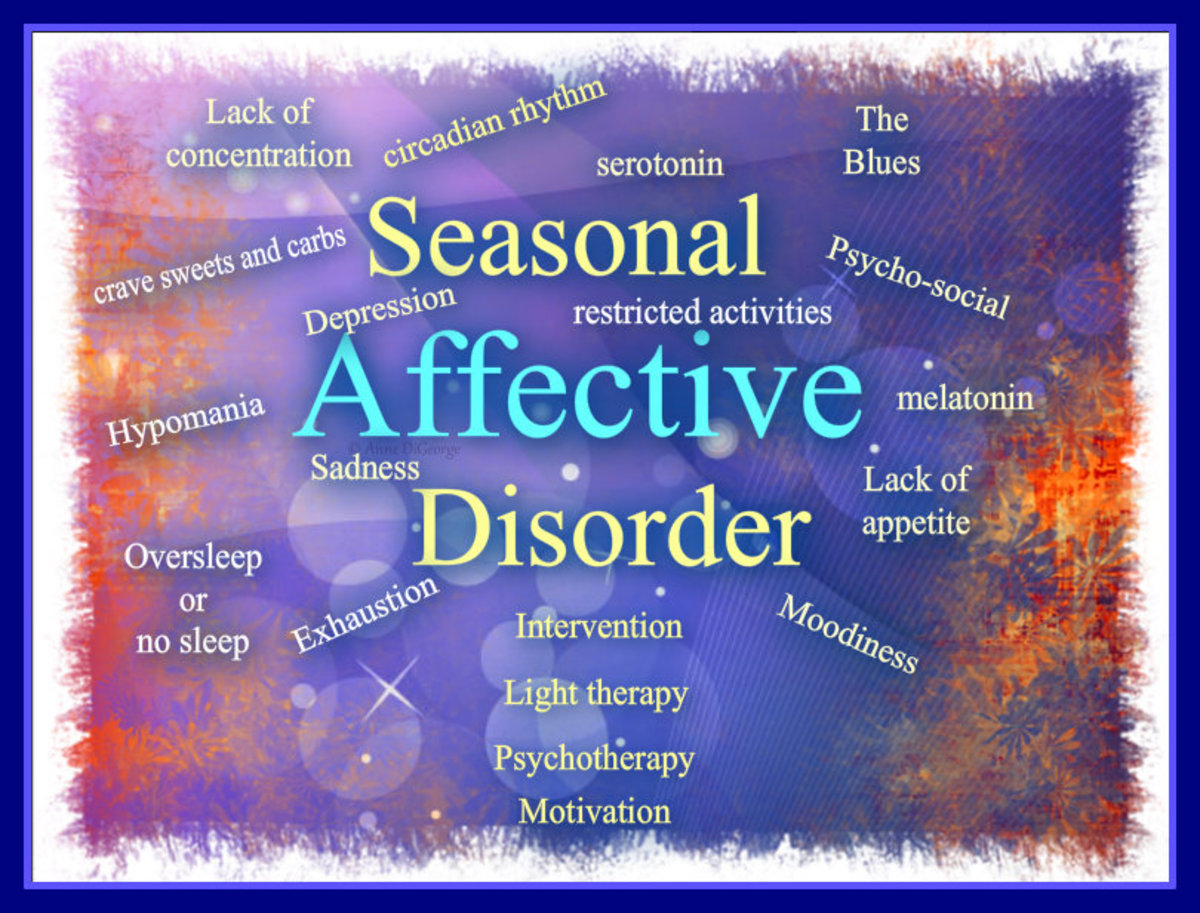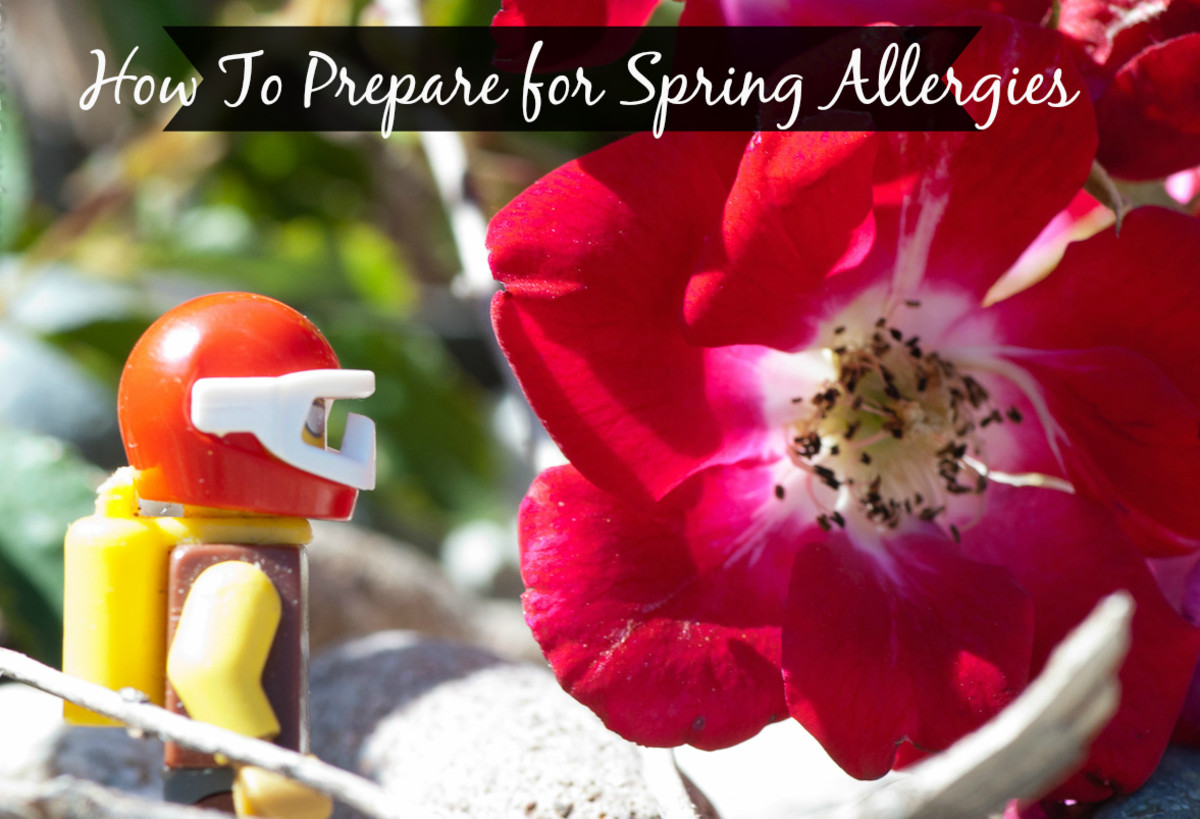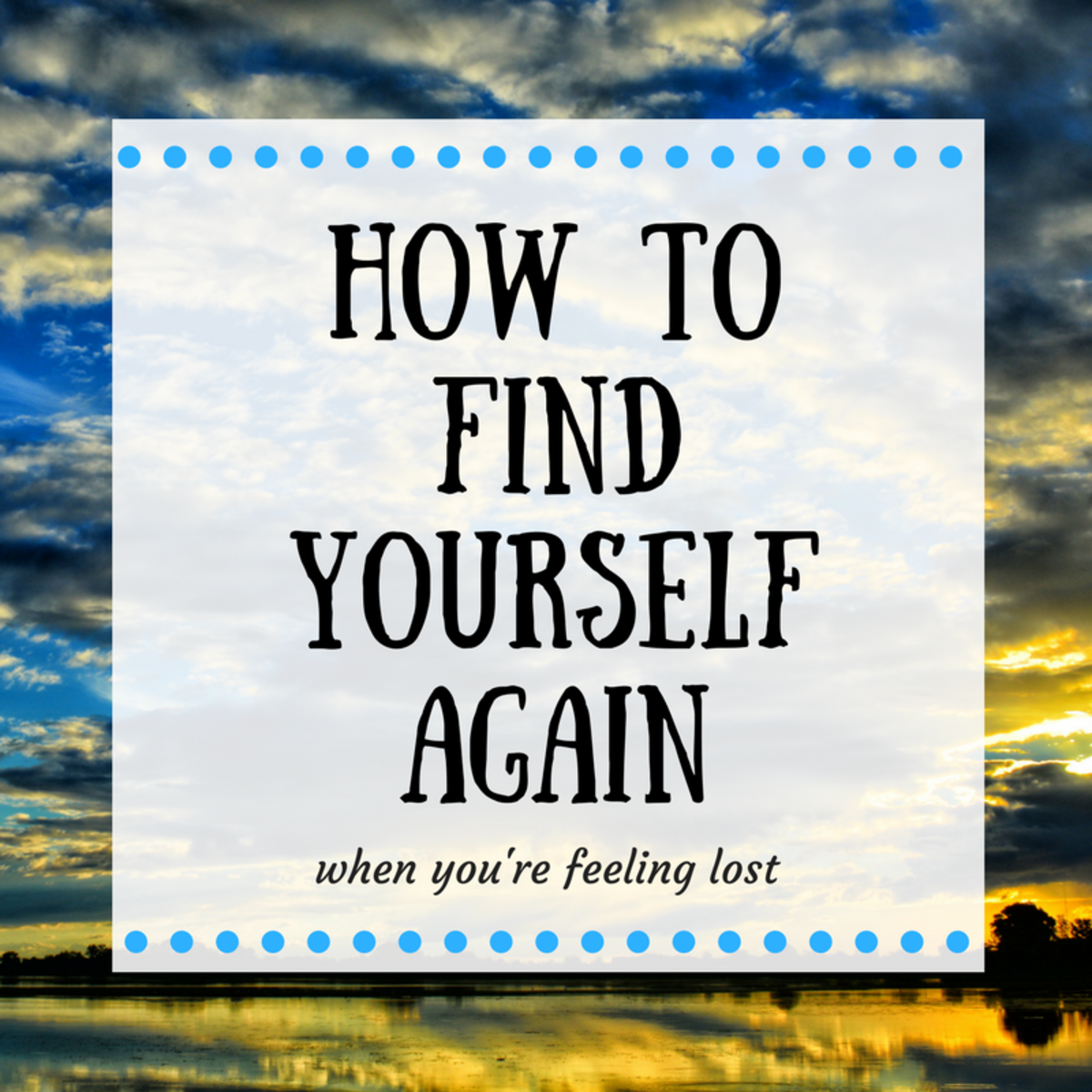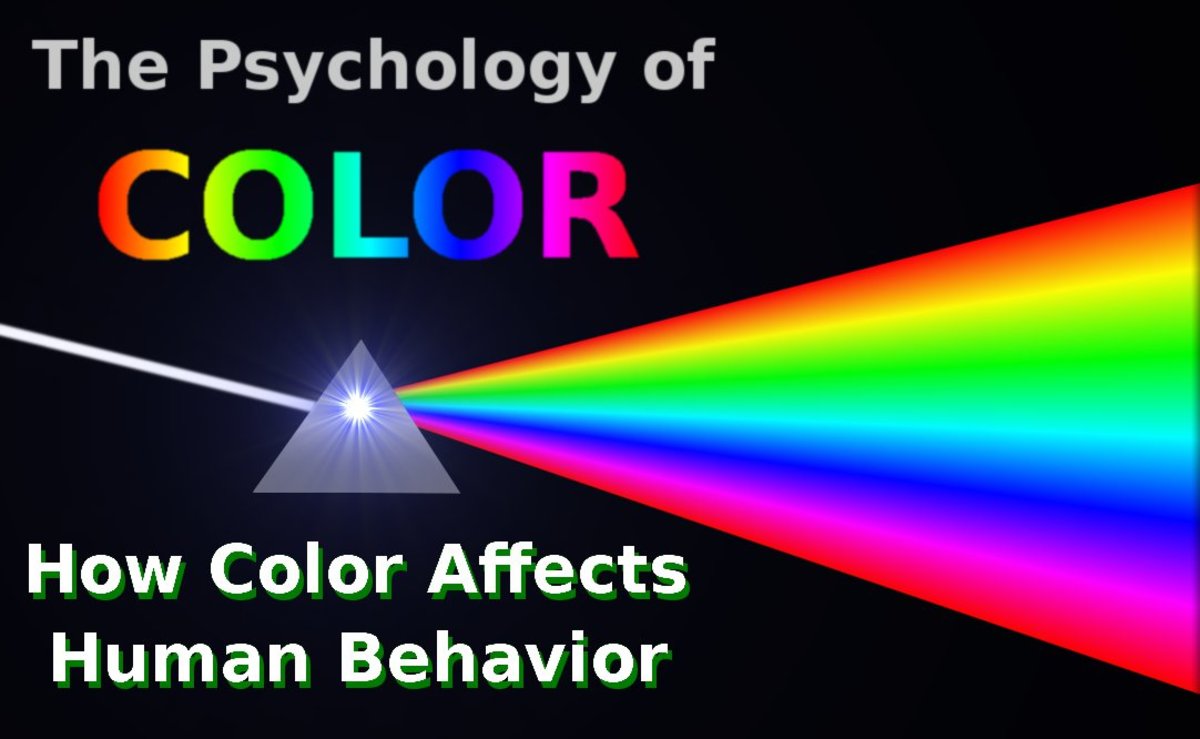Seasonal Affective Disorder: It's S.A.D.
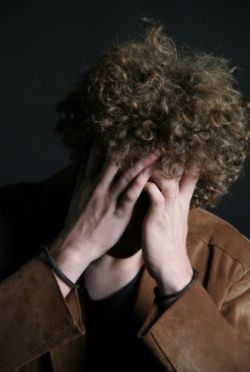
I hate this time of the year! I feel so S.A.D.
Every year around mid September or early October, I get really depressed and very grouchy.
My late husband Paul used to call it my annual nervous breakdown.
Once I even went to the library to see if atmospheric pressure had any effect on one's well-being.
Like the Mistral in France. Apparently when it rolls in, murder rates go up.
Subconciously I know bad stuff's coming
It always does in October!
My Dad left us in Spring, my first marriage broke up in October, my daughter died in mid-September, I just know that there's more round the next corner.
My second (late) husband used to say, "Look out! It's that time again - annual nervous breakdown time".
I seemed to be poisonous around the same time every year.
Was it because I had an irrational fear based on the past disasters at spring-time?
Apparently not!
Atmospheric pressure?
Jury's still out ...
When I was about thirty, I remember standing at the clothes hoist, hanging out the washing and feeling particularly low.
Deciding that this was ridiculous to be every year like this, I went to the local Library to do some research into weather patterns and depression.
I remembered learning at school about the Mistral, and the devastating effect it had on the population of France when it rolled in. Murders increased, as did violent crimes of all sorts.
Could there be something about the change from winter to spring that affected my brain?
Seasonal Affective Disorder is caused by?
Lack of bright light is the most common reason
During winter, light levels are much lower, especially if you live in the regions closer to the North Pole.
Lack of bright light can lead to a deficiency in Vitamin D, because the body manufactures Vitamin D via the skin.
Researchers have found that bright light changes the chemicals in the brain, although the way this works is still being researched.
Bob makes me have coffee in the sun each day — even in the cold winter!
The symptoms of S.A.D.
There are many!
From Wikipedia:
Symptoms of SAD may consist of difficulty waking up in the morning, morning sickness, tendency to oversleep as well as to overeat, and especially a craving for carbohydrates, which leads to weight gain. Other symptoms include a lack of energy, difficulty concentrating on completing tasks, and withdrawal from friends, family, and social activities. All of this leads to the depression, pessimistic feelings of hopelessness, and lack of pleasure which characterize a person suffering from this disorder.
People who experience summer SAD (spring and summer depression) show symptoms of classic depression including insomnia, anxiety, irritability, decreased appetite, weight loss, social withdrawal, and a decreased sex drive.[4] Additionally, many patients are unable to cope with the increased temperatures during spring and summer.
What is Seasonal Affective Disorder websites - informational and medical
- Seasonal affective disorder - Wikipedia, the free encyclopedia
if (wgNotice != '') document.writeln(wgNotice); Seasonal affective disorder From Wikipedia, the free encyclopedia Jump to: navigation, search Seasonal Affective Disorder (SAD), also known as winter depression or winter blues, is a mood dis - Depression - seasonal affective disorder | Better Health Channel
Depression during the dark winter months may be seasonal affective disorder (SAD). Treatment can include antidepressant drugs, psychotherapy and bright light therapy (phototherapy). SAD is also known as winter depression. SAD is less common in countr
Help. I'm S.A.D.
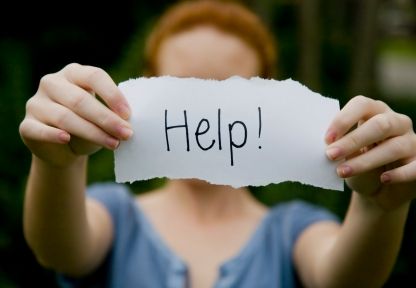
Quote from a sufferer's website
What I have is called seasonal affective disorder (Sad). Sad is a depressive disorder triggered by a lack of sunlight. Although spring and summer may act as triggers, for most people, autumn and winter are the low points, the time when depression becomes really difficult to negotiate. Of course, those who live farther from the equator are more often affected, but those in sunny regions can be, too, due to jobs or living conditions that require spending the majority of the day inside.
Although Sad is an illness that major health organisations recognise, far too many people go undiagnosed. There are many reasons for this, but perhaps the biggest are wrapped around the social stigma that is so intimately connected to depression. Depression, despite decades of work by awareness organisations, still has "laziness" associated with it. Some think that if you'd just change your point of view, get out for a walk, eat properly, talk with friends, not isolate yourself, get back to work etc - you'd feel better. Not so.
The idea that depression could fade in and out according to the weather just rings as another "excuse" that people with depression are accused of making. And, unfortunately, people living in the middle of untreated Sad are often simply unable to deal with the accusations and ignorance that comes from the lack of proper education. Debilitating exhaustion and unclear thinking make it impossible to even think about more drastic actions such as suicide. Sufferers often simply don't have the energy to pull a suicide off until spring rolls around. Is it any wonder, then, they prefer to do what they can to hide their illness, to grin and bear it, rather than get a diagnosis or try to explain it to those who are uneducated?
Make it stop!
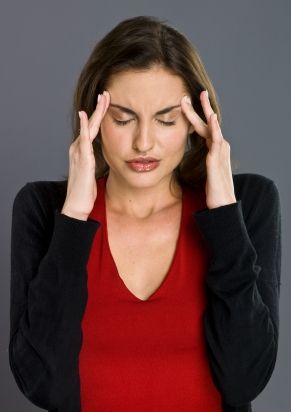
Summer S.A.D.
a rare variant
Summer depression is a rare variant of seasonal affective disorder (SAD) with a spring onset, affecting sufferers through the lighter, hotter months. It manifests with some symptoms that are the reverse of those suffered in the winter form. It is sometimes referred to as "reverse seasonal affective disorder" or "summer SAD".
Web pages about summer SAD - (one is a support group)
- Summer Depression: Causes, Symptoms, and Tips to Help
Summer depression is more common than you may think. School’s out. The kids are bored. It’s unbearably hot. Here are tips to help when you’re stressed and depressed in summer. - Summer Depression (Summer-Seasonal Affective Disorder)
Summer Depression (Summer-Seasonal Affective Disorder) -- Shortly after we identified Winter-SAD, we identified a summer version of the condition. - The Times & The Sunday Times
News and opinion from The Times & The Sunday Times
End S.A.D. while you sleep. - Buy it on Amazon

Link to suggested treatment for S.A.D. - (no affiliations, found it with Google)
- Seasonal affective disorder treatment: Choosing a light box - Mayo Clinic
Seasonal affective disorder treatment — Get tips for choosing a light therapy box.
© 2016 Jan T Urquhart Baillie


